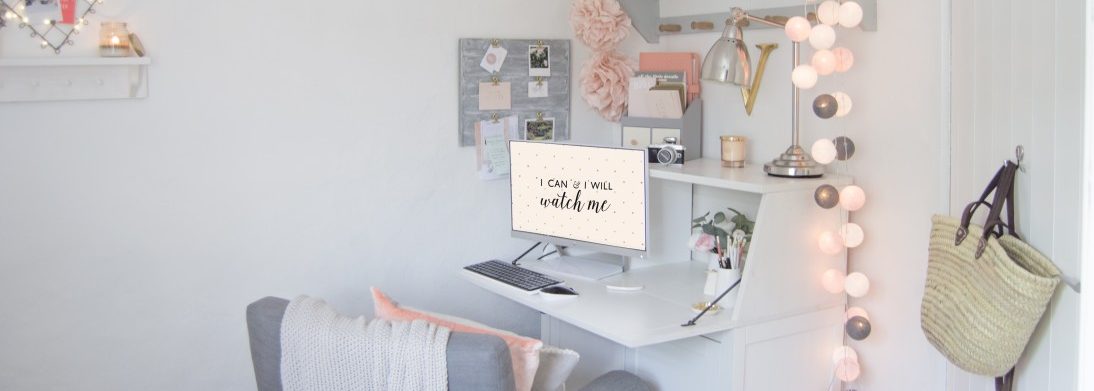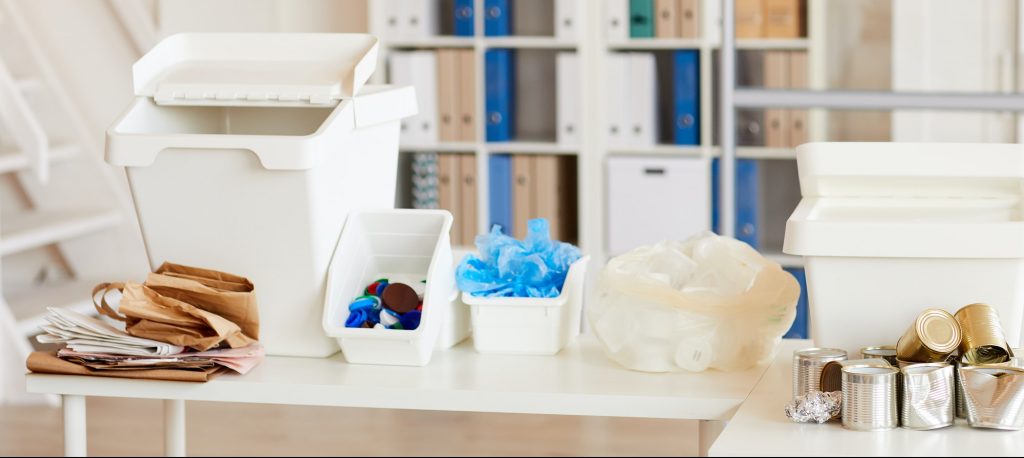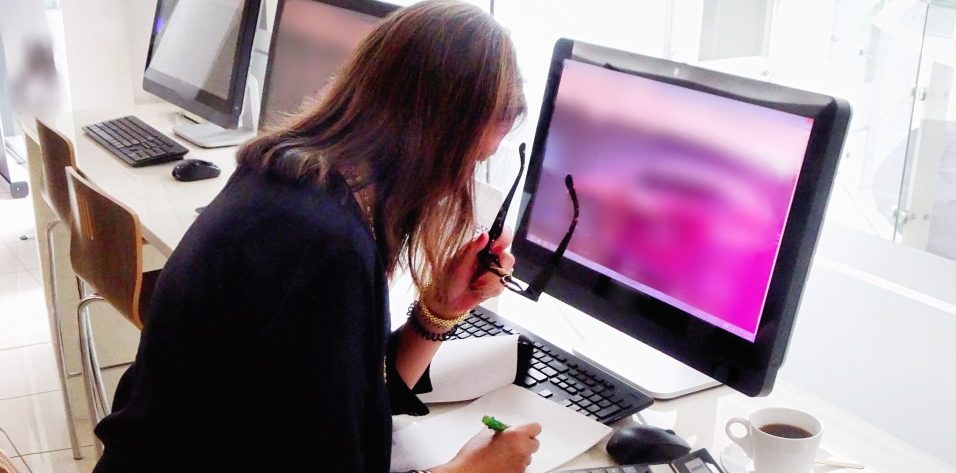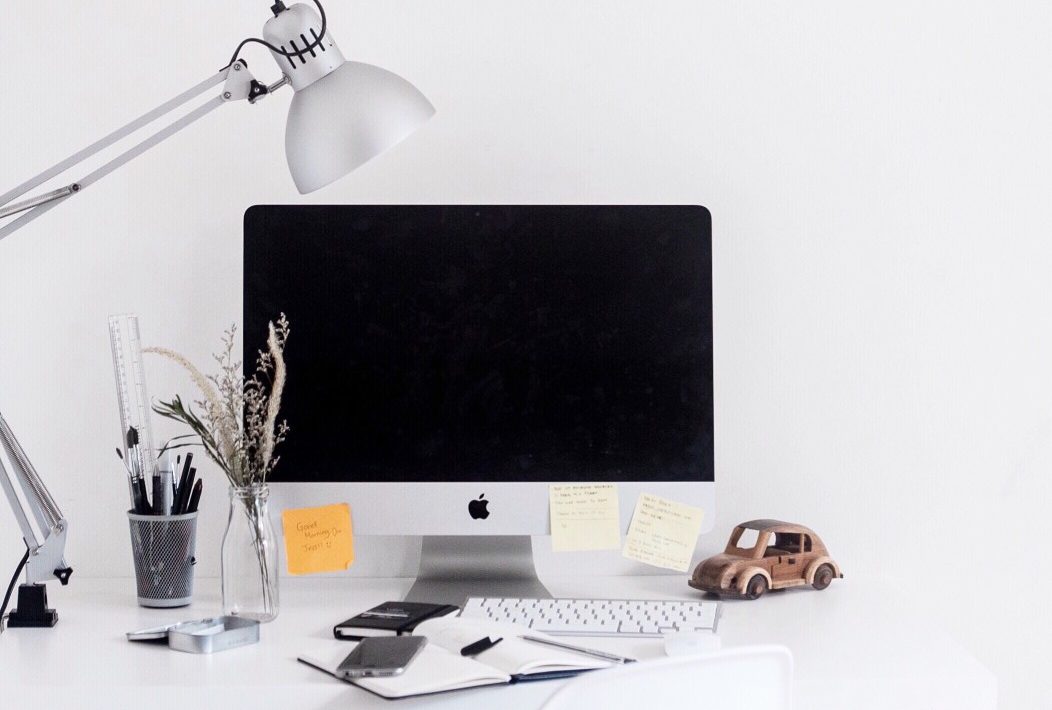The coronavirus outbreak has made it necessary for more and more people to work remotely. Consequently, many have had to transition from offices where they had worked for many years to a home office. And as many people have realized, making the shift to a home office requires quite a bit of adjustment.
Working from home isn’t exactly new. Long before the COVID-19 outbreak made headlines around the world, working out of home offices was already standard practice for people in various industries. Even so, the current pandemic has necessitated a massive shift in how people work and conduct business. At no other point in history has working from home become more necessary–or more feasible–than it is now.
If you now find yourself in the fortunate but daunting position of having to plan a home office, you have your work cut out for you. There are numerous details to consider, many of which will have a significant effect on your productivity, your work efficiency, and your peace of mind. Planning out your home office should also be done with thorough consideration for the needs of your family members, which is essential for preserving peace and harmony in the household.
With that in mind, here are some of the most important aspects to consider if you are planning to set up an office at home.

Planning out the workspace
The first and most crucial aspect to consider is arguably the workspace. When you decide to work from home, you will have to think about setting aside at least some part of your home to a work area. This could be anything from your garage or attic, to a spare room or corner of your living room.
There are a few factors to consider when deciding which part of your home to convert into your workspace or home office. Some of the most important of these are:
- The type of work you will be doing
- How much physical space you need
- How much silence and privacy you require
- How your activities will affect the rest of the household
- Whether or not you need outdoor access
Some types of work will require more space than others. If you do most of your work on the computer, for example, you could probably make do with a relatively small corner of your living room or spare bedroom as long as it has enough space for a desk. If you need to lay down large floor plans, printed diagrams, spreadsheets, or documents, you will need considerably more desk real estate. This usually means a bigger desk and a bigger room to accommodate it.
Think about how much privacy and silence you need while working. If you frequently need to talk to clients and coworkers on the phone or via video chat, you will probably need a room where you can work undisturbed. You also don’t want to bother the other members of your household, so consider setting up a dedicated workspace where you can be as loud as you need to be without disturbing anyone else.
And then there’s outdoor access. If you have to work or meet with other people, you don’t necessarily want to have them walking through your front door frequently and disrupting your household routine. If you regularly have coworkers dropping documents over or other people working on projects with you, it might be better to have a room with a separate entrance than the one the rest of the household uses.
Office equipment
You will need to set up your home office with the equipment necessary to perform your job. Depending on the nature of your work, you may need only a laptop computer and your mobile phone. For more resource-intensive work, you may need a powerful and bulky desktop computer, a printer, a fax machine, and even a photocopier. And if video conferencing and video calls are a regular part of your work, you will need a reasonably high-resolution camera and audio equipment.
One thing you will quickly realize is that outfitting your home office with equipment can get pretty expensive. You can keep your costs more manageable by sticking only to the essentials, and resisting the urge to purchase every single piece of office equipment or accessory that catches your fancy. Rather than trying to replicate your previous corporate office environment at home, it might be a more cost-effective option to purchase only what you need to let you do your work effectively.
Consider shopping around for deals and used office equipment. The free ads listing in your area is always a good place to pick up bargains, as are garage sales, swap meets, and flea markets. Keep an eye out on sales from home and office supply depots as well.
Setting up lighting
Most people don’t give a lot of thought to the quality and amount of illumination in the workplace. But lighting is a lot more important than you might think. The intensity and color of the lighting and the placement of your light sources could have a significant effect on your energy and concentration levels. This is why most office spaces have daylight hued lamps. Conversely, this is why bedside lamps have more subdued yellow tones that help encourage restful sleep.
Proper lighting will also help reduce eyestrain, particularly if you have to work on the computer for long periods or read several documents throughout your workday. It is generally best to have one primary light source illuminating your desktop, with secondary light sources placed strategically around your room.
If you want to keep your electricity costs as low as possible, you could probably make do with a single desk lamp and an overhead bulb for ambient lighting. Avoid placing any strong light source behind your computer to avoid eye strain. Instead, position your lights behind you so that they illuminate your workspace without causing glare on your monitor.

Planning the ergonomics
Ergonomics is one of the trickier aspects of planning a home office. This is because everyone’s needs and preferences are different. Ergonomics has to do with the comfort and usability of a particular piece of equipment or furniture. A chair that one person considers ergonomic could be intolerable to someone else. The subjectivity of ergonomics, therefore, requires a more focused and deliberate approach.
Some examples of home office equipment where ergonomics is especially important are:
- Desk or worktable
- Work chair
- Mouse and keyboard
- Monitor
- Phone
All these items should allow for long periods of comfortable use without causing any strain or discomfort. They should allow you to work efficiently and intuitively without a second thought.
It is especially important to consider the ergonomics of your office chairs and your computer mouse and keyboard. In a typical office setting, these are the items that you use most frequently and for the most extended periods. They should, therefore, be as ergonomic as possible to prevent repetitive stress injury or other issues. In particular, your chair should provide adequate back support, while your mouse and keyboard should allow for comfortable hand positioning without causing strain or cramping.

Storage concerns
Storage is another oft-neglected aspect of planning a home office. Even if you generally manage to keep your household items organized, having to deal with the various items in a typical office environment might prove to be more than you can handle.
Remember to plan storage space for the following:
- Papers and documents
- Storage media (hard drives, flash drives, and optical media)
- Computer peripherals and hardware
- Electronic equipment and accessories
- Pens, markers, staplers, adhesive tape, and other office supplies
Depending on how much you work with paper documents, it might be necessary to invest in a dedicated filing or storage cabinet. If you are mostly paper-less, a few storage bins might be sufficient for the odd bits of office equipment.
Whatever storage solution you decide on, the most essential concerns are neatness, easy access, and organization. Keeping everything neat and tidy will enable you to work more efficiently and reduce distractions in the workplace. You will also want everything to be within easy reach when you need them without having them be in the way. Finally, you will want them well organized so that you can find the items you need when you need them without a lot of time-consuming fumbling or digging around.
Minimizing distractions
Distractions are a common aspect of any working environment, but they can be especially bothersome at home. Dealing with distractions at home will require thorough planning as well as awareness and consideration of the needs of your family members.
One of the most effective ways to eliminate distraction is setting aside a dedicated work area away from family members. A separate room is ideally suited for this purpose, but not everyone is fortunate enough to be able to commandeer an entire room in their house. If you want to eliminate or reduce distractions, it might be necessary to plan strategically and to exercise a bit of diplomacy.
Talk to your family members and discuss the importance of being able to focus on your work. If you have young children, talk to your partner about keeping them occupied while you are working. You can then take your turn with the kids when you are done with work.
Consider moving your work schedules around. Sometimes the best time to get work done is when everyone is asleep. If you are a bit of a night person anyway, you might find that you could get quite a lot of work done when the children have gone to bed. This is an especially feasible strategy if your work isn’t time-dependent.
Enjoying the perks and creature comforts
One of the best things about working at home is the degree of freedom you have to set things up just how you want. Even considering the needs of your family members, you probably still have plenty of leeway to make your home office as comfortable and as enjoyable as you need it to be. This could mean anything from having a selection of snacks nearby (preferably healthy!) to having a weightlifting bench in the corner of the room.
You could even have music playing or a TV on if it helps you concentrate or work more efficiently. You could also have a couch for quick power naps, a trampoline to get the blood flowing, or a dartboard to get rid of some pent-up stress.
The point is that you could set up your home office to be as conducive to focus, productivity, and comfort as you need it to be. You really do call the shots in most cases, so, by all means, take advantage of the opportunity!
As you can see, there is a lot to consider when you make the leap from a corporate office setting to working from home. There are already myriad details to consider, and we’ve only just begun to scratch the surface. <
If there is one thing that you can take away from all this, it is this: working from home gives you much more freedom and flexibility than you would be able to enjoy in any office setting. You can set up your workspace according to your specific needs and preferences in a way that you wouldn’t be able to do anywhere else. You also have the advantage of working in a setting where you are most comfortable and in your element. This alone could work wonders for boosting your productivity and increasing your efficiency.
Ultimately, working at home could be one of the best decisions you could make from a professional and personal standpoint. Set up your home office as you see fit, and you could have one of the most rewarding work environments you could ever imagine.




